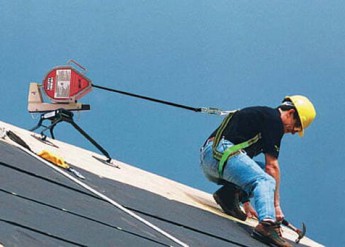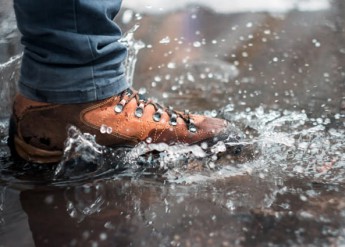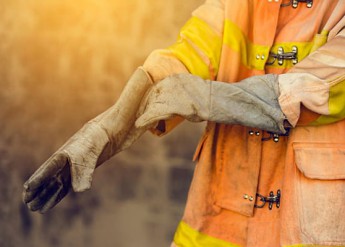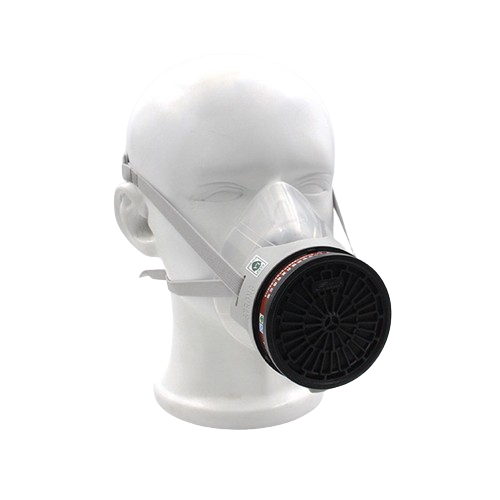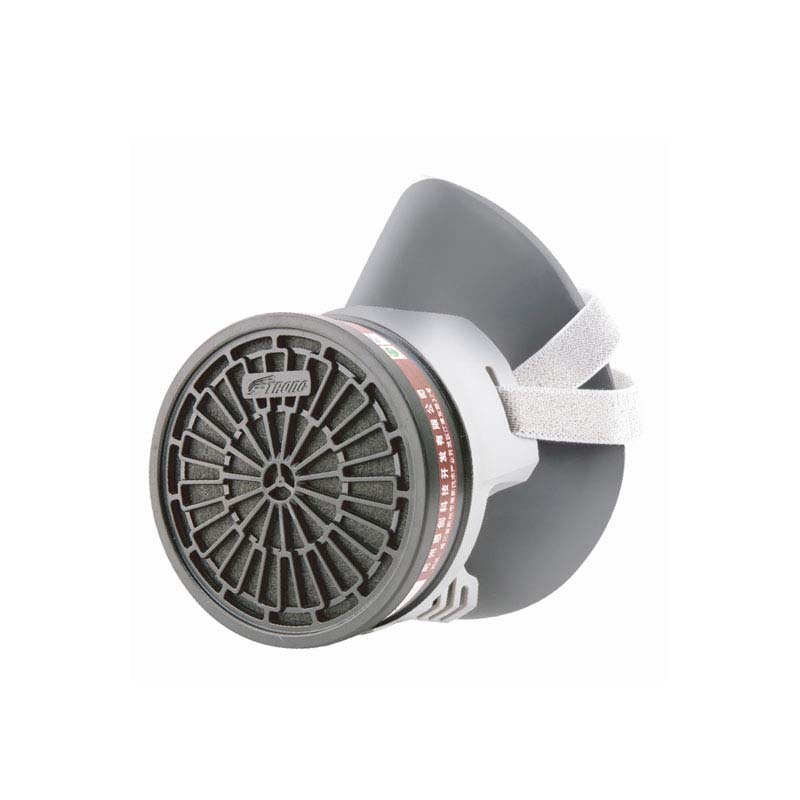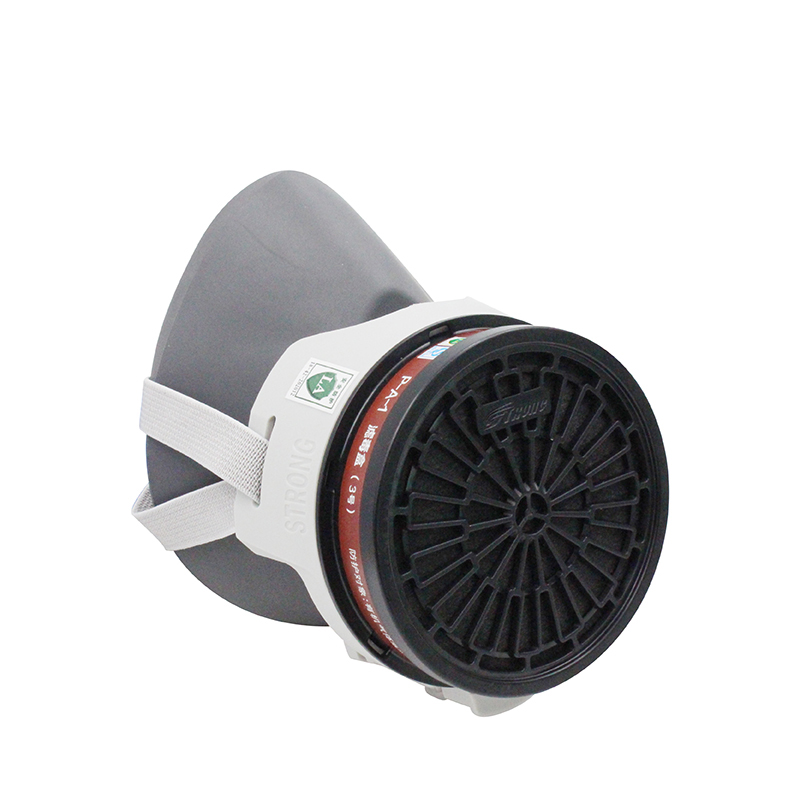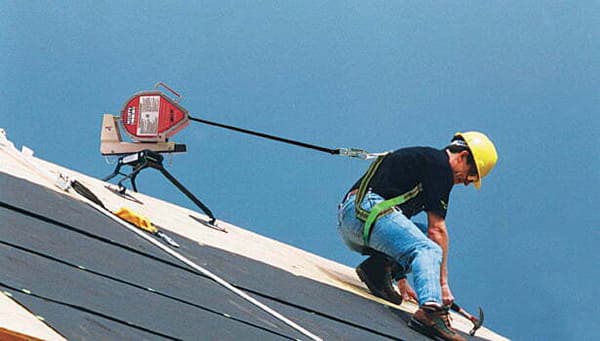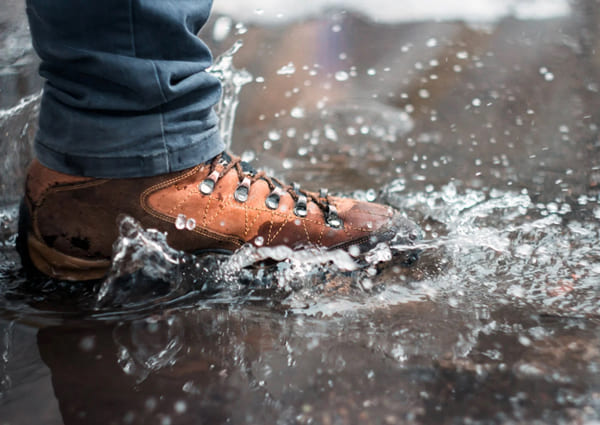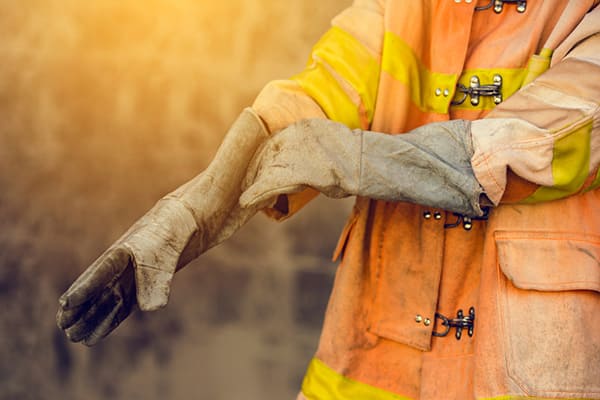Safety Shoes: Protecting Workers from Workplace Hazards

Safety shoes, also known as work boots, are a type of personal protective equipment (PPE) that is designed to protect the feet and toes from workplace hazards such as falling objects, sharp objects, electrical hazards, and slips, trips, and falls. Inthis article, we will discuss the function, types, and selection methods of safety shoes.
Function:
The primary function of safety shoes is to protect the feet and toes from workplace hazards. They are made with materials that provide resistance to punctures, cuts, and slips, and they often have steel or composite toe caps to protect the toes from being crushed by heavy objects. Safety shoes also provide electrical hazard protection for workers who may come into contact with live electrical circuits or equipment.
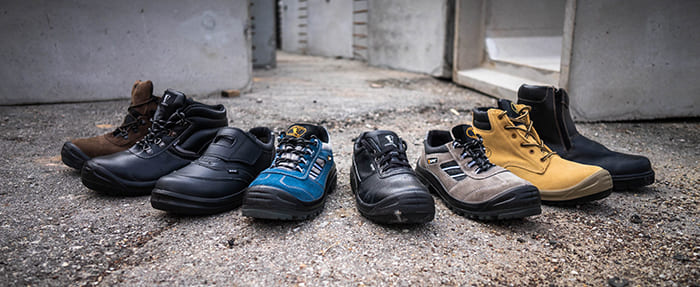
Types:
There are several types of safety shoes, each designed for specific workplace hazards. The most common types of safety shoes are:
1、Steel toe shoes: These shoes have a steel toe cap that provides protection against falling objects and crushing hazards.
2、Composite toe shoes: These shoes have a toe cap made of non-metallic materials, such as Kevlar, carbon fiber, or plastic, that provide protection against impact and compression.
3、Electric hazard (EH) shoes: These shoes are designed to protect against electrical hazards and are often made with non-conductive materials.
4、Slip-resistant shoes: These shoes are designed to provide traction on slippery surfaces, such as oil or wet floors.
5、Chemical-resistant shoes: These shoes are made with materials that provide resistance to chemicals and corrosive substances.
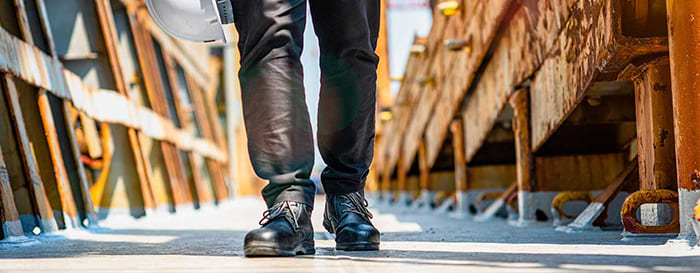
Selection methods:
When selecting safety shoes, it is important to consider the specific hazards of the workplace and the requirements of the job. Here are some factors to consider when selecting safety shoes:
1、Safety standards: Safety shoes should meet the safety standards established by the Occupational Safety and Health Administration (OSHA) and the American National Standards Institute (ANSI).
2、Material: The material of the shoes should be appropriate for the job. For example, leather shoes are durable and provide good protection against punctures and cuts, while rubber shoes are often used for electrical hazards.
3、Fit: The shoes should fit properly to ensure maximum protection and comfort. Shoes that are too loose or too tight can cause discomfort and may not provide adequate protection.
4、Comfort: Comfort is also an important factor to consider when selecting safety shoes. Workers who are comfortable in their shoes are more likely to wear them consistently and correctly, which improves overall safety in the workplace.
In conclusion, safety shoes are an essential piece of personal protective equipment for workers in many industries. By understanding the function, types, and selection methods of safety shoes, employers can provide their workers with the best protection against workplace hazards.

